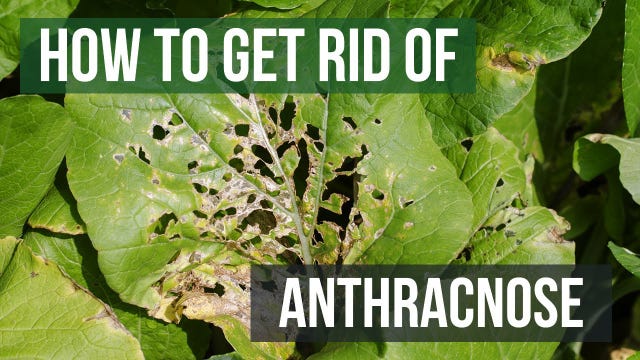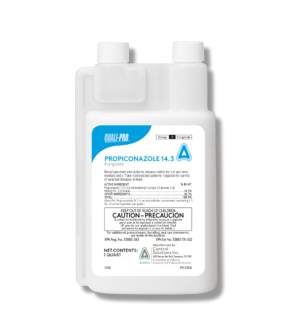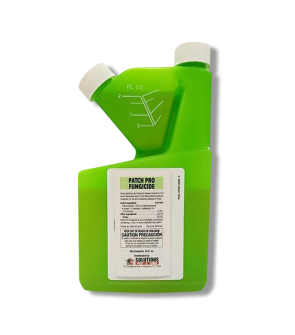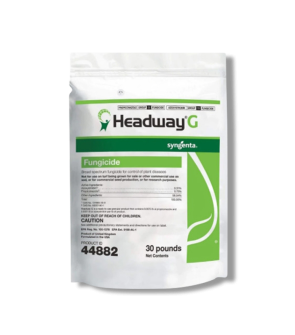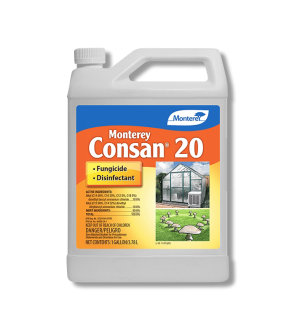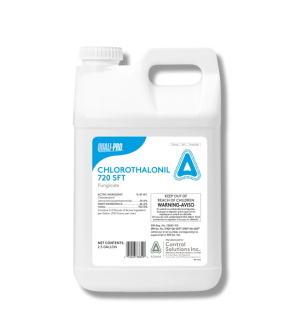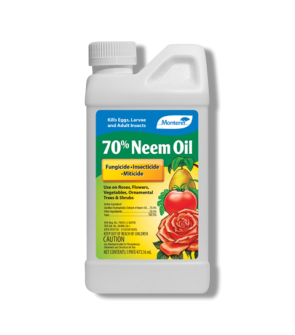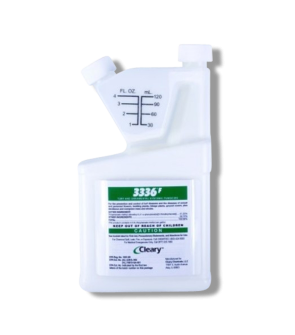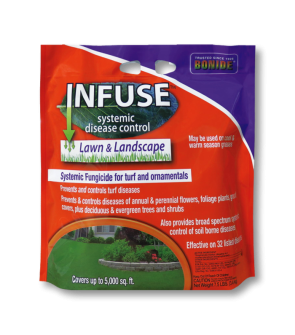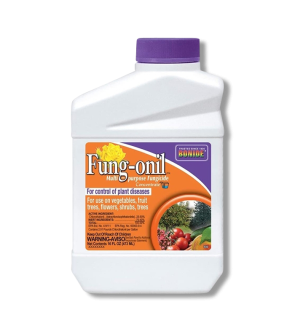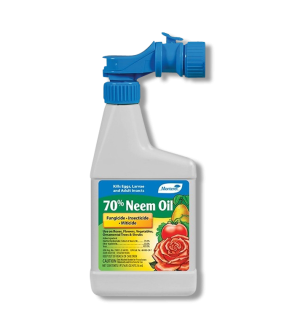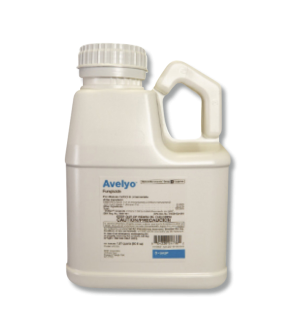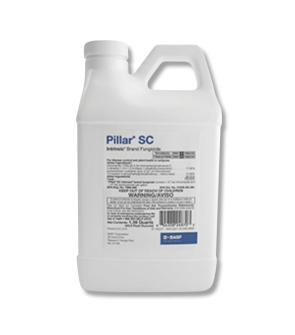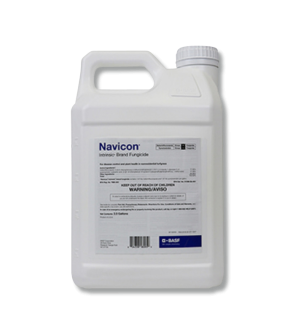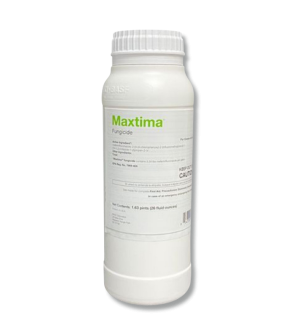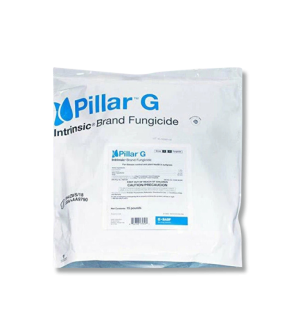Gain access to personalized product screening, the best pricing, rewards, and more!
Most Effective Products
Anthracnose Control: How To Get Rid of Anthracnose
This page is a general anthracnose control guide. Using the products and methods suggested, you will get control of the disease known as anthracnose. Follow this guide and use the recommended products; we guarantee 100% control of anthracnose.
Anthracnose is a fungal disease that typically grows on plants in the early spring when the weather conditions are cool and wet. This lawn disease is characterized by dark-colored, water-soaked lesions that develop on plant stems, leaves, or fruit. The centers of these lesions often become covered with pink, jelly-like globs of spores.
Anthracnose typically affects plants during cold and rainy seasons when conditions allow spores to spread quickly between plants. Warm and dry weather can cause the disease to die, but it will re-emerge once cool and wet conditions return. Anthracnose is not fatal to infected plants, but the fungi can spread quickly and cause visible damage to vegetation.
If you have Anthracnose in your yard, you must take care of it quickly to prevent it from spreading. Our DIY guide, developed by lawn care experts, has the advice and products you need to eliminate anthracnose quickly and affordably.
Identification

Before treating it, you must be sure you are dealing with anthracnose and not some other disease or issue. Misidentification may lead to wrong treatment methods, wasting your time and money. Some symptoms are below to help you identify anthracnose.
- First, you must be sure that the fungus you are dealing with is anthracnose. The disease can be easily identified by the irregular spots or dead areas of tan or brown leaves that may darken and grow larger in size. The look of the disease can vary slightly depending on the plant infected (fruits, vegetables, grasses, leaves, etc.).
- Anthracnose is commonly confused with wilt or canker disease. It is differentiated from wilt because it does not affect the entire leaf, and it is differentiated from canker because canker typically is only present on trunks and stems of vegetation.
Refer to the image and description above to confirm your fungus is anthracnose. If unsure, contact us for identification help as a last resort.
Inspection

After you have confirmed that you are dealing with anthracnose, you can move forward with an inspection. During this phase, you will locate where the anthracnose is thriving and how severe the issue is.
Where to Inspect
Walk through your yard and check your plants (grass, trees, bushes, flowers, etc.) for signs of fungus. Anthracnose mainly affects plant leaves, twigs, and branches. You should also look in areas where there is a lot of moisture since that is the conditions where anthracnose thrives.
What To Look For
You are looking for brown or tan spotting on leaves, stems, or fruits. Sometimes the disease can cause holes through the leaves. If you see these characteristics without any visible insect activity then it is most likely anthracnose.
If you are still unsure you are dealing with anthracnose please give us a call and we can help diagnose further. We may ask for images or a sample to accurately identify.
Treatment
Before using any pesticides make sure you have proper PPE on hand and ready to go. Anthracnose is relatively easy to treat, you only need one product and a sprayer to get rid of it.
We recommend Patch Pro Fungicide because it contains propiconazole which works quickly and is cost-effective.
Step 1: Measure & Mix Patch Pro

To determine how much Patch Pro you need, you will need to calculate the square footage of the target area. To do this, you will need to measure the treatment area's length and width in feet, then multiply (length x width = square footage).
Patch Pro is labeled to treat Anthracnose preventatively at a rate of 1 to 2 oz. of product per gallon of water per 1,000 sq. ft. For acreage applications, use 44 to 88 oz. of Patch Pro per gallon of water per acre.
Wait until spray solution is completely dry on treated foliage before watering.
We recommend mixing Patch Pro in a 20 gallon hose-end sprayer to make large volume treatments to a yard and to provide sufficient enough water for the Patch Pro to reach the root system of your turf.
Make sure the sprayers control valve and water pump are off and then attach the hose-end sprayer nozzle to the hose. Remove the reservoir and then add the proper amount of Patch Pro and the proper amount of water. For large volume applications, use 2 or more gallons per 1,000 sq. ft. for the product to reach the roots. The product will mix with the water to make an even emulsion. Reattach the reservoir to the nozzle and turn the water to the hose on. You are now ready to spray.
Step 2: Apply Patch Pro To Affected Areas

To spray, push forward on the control valve of the hose-end sprayer. Apply Patch Pro to infected areas spraying to wet but not to the point of runoff. The key is to focus on low lying areas of the yard that get a lot of shade as they are more susceptible to anthracnose. You will also want to make sure to spray other vegetation around the infected area to prevent spores from spreading.
Application of Patch Pro will stop the rest of your yard from getting infected with Anthracnose and over time, the affected areas of your turf will begin to recover. Do not expect an instant recovery of infected areas after spraying Patch Pro as it will take a few weeks for the grass to green up again, especially if you have maintained a fertilization schedule.
Apply when conditions are favorable for disease development. Use higher rates of Patch Pro Fungicide and shorter application intervals when disease pressure is high.
Prevention
After eliminating the anthracnose outbreak, you want to ensure it doesn't return. Prevention is the best cure when it comes to anthracnose. Here are some preventative tasks we suggest:
- Once you get rid of anthracnose, keep it from returning by practicing basic lawn maintenance. Keep plants healthy by providing proper light, water, and fertilizer to strengthen the plants' ability to ward off a fungus attack. Stressed trees and plants have a difficult time recovering from anthracnose fungus. It is critical to prevent overwatering, as excess moisture causes fungus growth.
- Keeping your lawn healthy by mowing at the correct height, providing proper light by dethatching and trimming back shade, watering deeply but not frequently, and keeping a routine fertilization schedule will strengthen the plants ability to ward off any repeat attacks of anthracnose or any other lawn disease.
- Patch Pro can also be used as a preventative treatment against anthracnose when conditions are favorable for disease development, such as the early spring.
Key Takeaways
What is Anthracnose?
- Anthracnose is a fungal organism which, while not fatal to a plant, it can give off an unsightly appearance to plants it infects.
How to Get Rid of Anthracnose
- Treating anthracnose requires a combination of chemical control via fungicide application (Patch Pro) and cultural practices to keep your lawn healthy and strong enough to fight off fungal attacks.
Prevent Anthracnose Reemergence
- Keep Anthracnose from returning to your plants with routine maintenance and preventative applications of Patch Pro during favorable conditions for disease growth.






